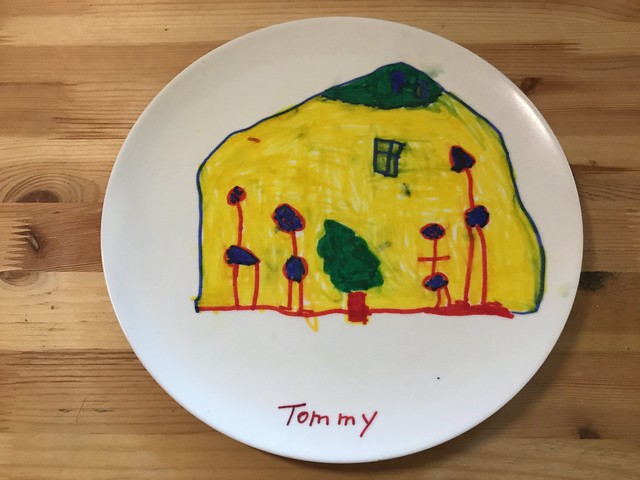This week, I found myself in one of the most unique and challenging situations of my life. And now that it’s all over, I find myself in tears. Not because of sadness, but because I now know myself as someone who can actually make a difference is this world, despite the circumstances.
Now for a little backstory.
It should be no surprise that I love to build. I found my best friend, Lee Gibson, when a LEGO set came up at a White Elephant party and we both schemed on how to win it. I’ve created a non-profit called “The Trebuchet Societyâ€, with the primary goal of hosting SlingFest, a (mostly) annual event designed to gather builders from around the area to create trebuchets and toss pumpkins hundreds of feet. It’s a blast and fuels my desire to build and be around other builders.
In 2014, I discovered TheLab.ms via a tweet. A budding Makerspace/Hackerspace. Its mission is to foster a collaborative environment wherein people can explore and create intersections between technology, science, art, and culture.
I found my people.
Their guiding principles were more focused on education and ethical hacking instead of building trebuchets, but that’s cool. My mom was a librarian, so education is in my blood. I just wanted to be around like-minded people.
I watched Shawn Porter, Roxy Dehart and Richard Gowen pour their heart out into it and build it from scratch. TheLab even got an article in the Plano Magazine.
As with all non-profits, you want awareness, engagement and members. These usually bring in new ideas and fresh blood. Sometimes in alignment with your own ideas, sometimes not. And as a father, I can tell you, there is no rage in the world like watching something happen to your baby.
Fast forward a few years and after some leadership changes, the last of the founders resigned as a board member, and a number of positions were either vacant or MIA. Then the Education Coordinator resigned. Then the President resigned. Then the Floating Board Member. And the Vice President. And the Secretary.
Their reasons were their own. And I support them 100%.
I was now in one of the most unique and confronted situations of my life. The sole Board Member of TheLab.ms. A community that I’ve been with from almost the very start and loved so dearly was fighting amongst itself. Anger and frustration was evident on a daily basis. People were burnt out.
Thankfully, I had an ace in my pocket. For the last 6 months, I’ve been registered in a course called “Team Management and Leadership Program†from Landmark Worldwide. It is a course designed around creating teams and teamwork in any situation that produce powerful results in many areas of life with freedom and ease. I called my coach and the classroom leader in tears that day. I felt completely broken down and had no idea how to make this work. Through an insightful and “tough love†conversation, I started to see a path forward.
I organized a last-minute event and invited people to create the future of TheLab. I expected about 6 people to show up. I had to hold back my emotions when the room completely filled up, including members I hadn’t seen in years. These were people who, despite the burn-out, despite the anger, despite the frustration, deeply wanted TheLab to not just survive, but to thrive. It was showtime.
In an hour and a half, we dug deep, asked some good questions and had some fun. We had some deep, meaningful conversations about the future and not the past. And most importantly, people stepped up to the plate to take on some big leadership positions. Elections are next week and I invite all of you to learn what we’re about. I have never been more proud to be part of an organization than I am right now.
I have found my people.
Again.



















